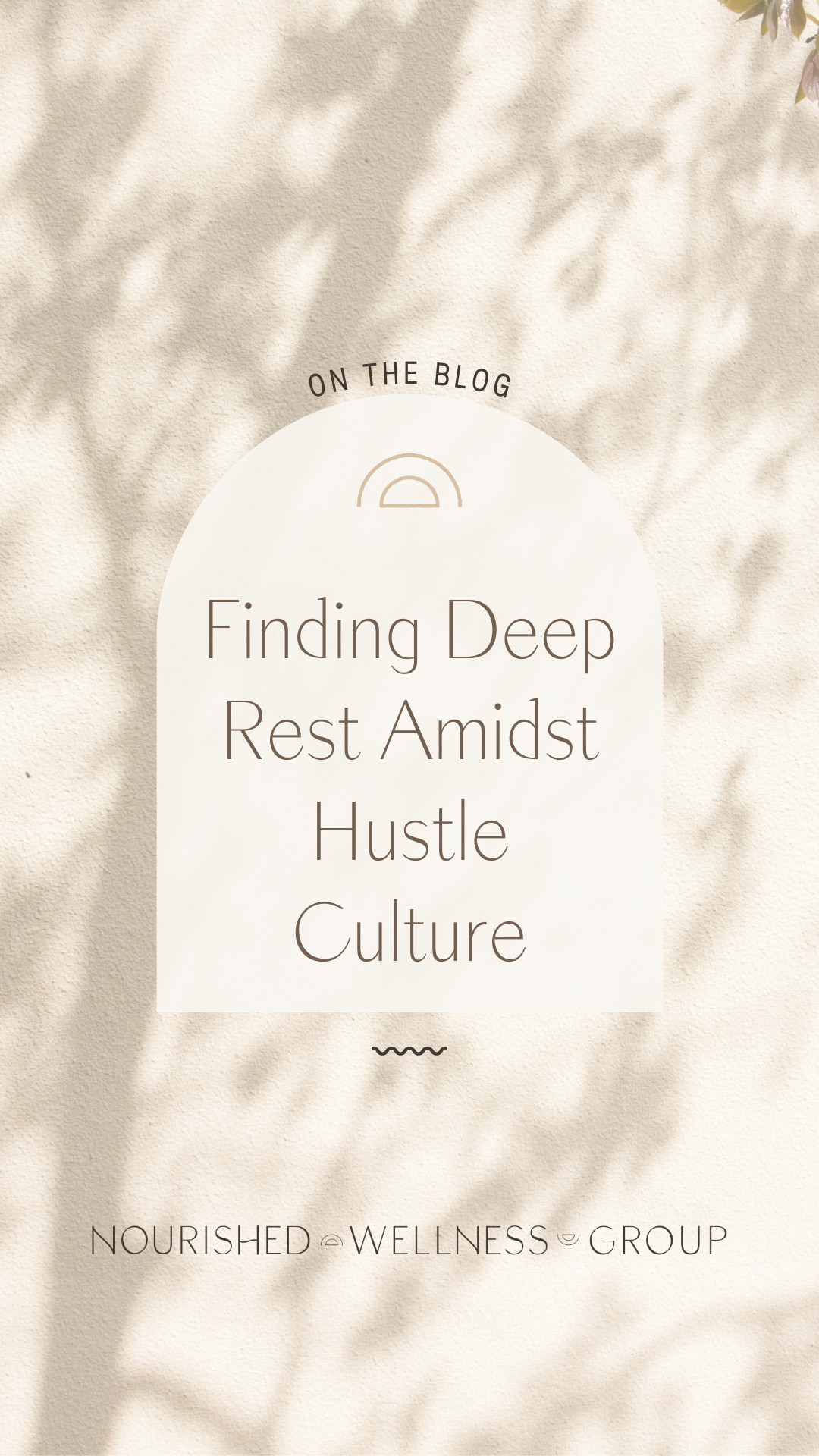Validation in Relationships
“When we listen, we hear someone into existence”
Dr. Lauie Buchanan
Hi! I’m so glad you landed in this space. Today we’re talking about validation and why it’s so important in our relationships (friendships, professional, family, or romantic). We’ll start with why validation is vital to the health of our connections before moving into a few tips for validating others in the midst of conflict.
Marsha Linehan, founder of Dialectical Behavior Therapy, defines validation as: “communicating to someone that their responses make sense and are understandable within their current life context or situation.” Note that validation does not necessarily mean that we agree with someone or think they’re right. Validation is simply acknowledging the legitimacy of someone’s thoughts, feelings, and actions within the context.
Why is validation so important?
We’re going to answer this question with an experiential exercise. I want you to bring up a recent memory when you felt misunderstood, frustrated, angry, hurt, or overwhelmed. It can be something small or a little more significant. In that moment, were you heard or did you feel alone? The answer to this question usually dictates our experience/memory of the event. If you were approached (by a loved one, medical professional, friend, family member, coworker, etc) with a sense of empathy and understanding, the experience likely became more tolerable even if was difficult, painful, or frustrating. And if you felt alone, unheard, and unseen the pain or frustration of the experience was likely compounded by feeling misunderstood.
How did that land with you? I ask because I think we’ve all experienced this, in some form or another. Being seen and understood by someone, especially when that person is close to us, changes the experience of our emotions. It softens our fight-or-flight response and reminds us that we are not alone. The research supports our experience.
One study found that validation quite literally makes us more resilient to pain. Participants who had to hold a bucket at arm’s length received validation from a research assistant than those who didn’t. Another study found that when people were validated after sharing their feelings about being excluded in the lab, they reported higher self-esteem, lower aggression, and decreased negative mood.
So how do we validate others in the midst of conflict?
Validation does not always (or even usually!) mean saying “You’re right” or “I’m sorry.” In conflict, we often fear that validating the other person is akin to “losing” the argument or giving up. It can actually be quite the opposite. Validation can build compassion, cultivate connection, and lead to strengthened communication. Here are a few ideas for how to reach for validation during conflict.
Regulate your Nervous System
This is always my number one (and for good reason!). When we’re in conflict, we’re usually in a fight-or-flight state. And, as we’ve all experienced, we’re under the influence of our emotions. This is usually when we say something that we don’t mean and regret. And truthfully, it’s not totally our fault. Our fight-or-flight state diminishes our ability to think rationally and extend empathy to others. That doesn’t mean that we should blame our biology for hurtful statements, but it does mean that learning to work with the nervous system can prevent comments that we don’t really mean. Before we can validate someone else in conflict, we need to find a regulated nervous system state. Finding regulation looks a little different for everyone so you may want to experiment to find what works for you. I’ve found that if I’m dysregulated during conflict, it always helps me to step away for 15 minutes, go outside if I’m able, and focus on taking deep breaths. If you’re new to the nervous system, here’s our introductory guide.
2. Affirm their emotional reaction, rather than the logical pieces of the interaction
Once you’re regulated enough to return to the conversation, experiment with affirming the emotional aspect of the argument, rather than the logistical. For example, if you’re fighting with your partner over the burden of household tasks, but don’t agree with their point of view you might say something like, “I hear you. Your emotions are valid. I don’t completely agree with you, but I can understand that the weight of the household tasks is burdensome and you’re feeling overwhelmed.” Even if you completely disagree about the “rational” element of the conflict (i.e. who does the dishes more), validation helps your partner feel seen and communicates, “We’re on the same team.”
3. Seek Clarification
Again, we want to be in a regulated state when we seek clarification. Clarification is a form of validation because it shows that we are listening, that we’re invested, and that we care. When seeking clarification, tone of voice matters. A softer, inquisitive voice communicates safety to the other person’s nervous system. A few examples of clarification statements to build trust:
I’m not quite sure I’m hearing you correctly, but I want to. Can you help me understand your experience of XYZ a little more?"
This is what I heard you say, you’re frustrated with XYZ because of XYZ and that makes XYZ feel really hard. Am I hearing you correctly?
It sounds like you’re feeling XYZ because of XYZ situation, but I just want to make sure that I have it right.
References
Kim, E., & Kim, C. (2013). Comparative effects of empathic verbal responses: Reflection versus validation. Journal of Counseling Psychology, 60(3), 439–444. https://doi.org/10.1037/a0032786
Linton, S. J., Boersma, K., Vangronsveld, K., & Fruzzetti, A. (2012). Painfully reassuring? the effects of validation on emotions and adherence in a pain test. European Journal of Pain, 16(4), 592–599. https://doi.org/10.1016/j.ejpain.2011.07.011
__________________________________
Pin This Post!
Related Posts
If this post was helpful, you might also like these…









